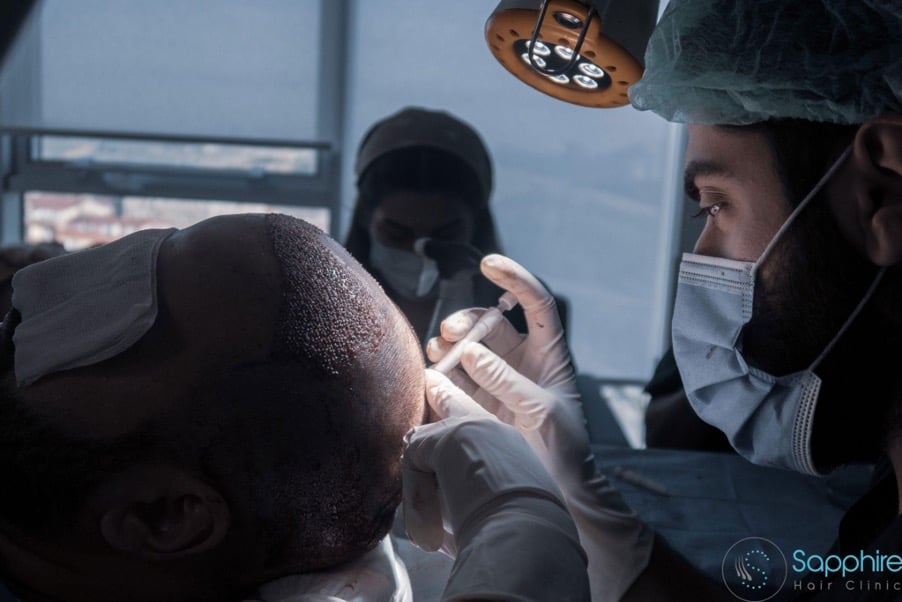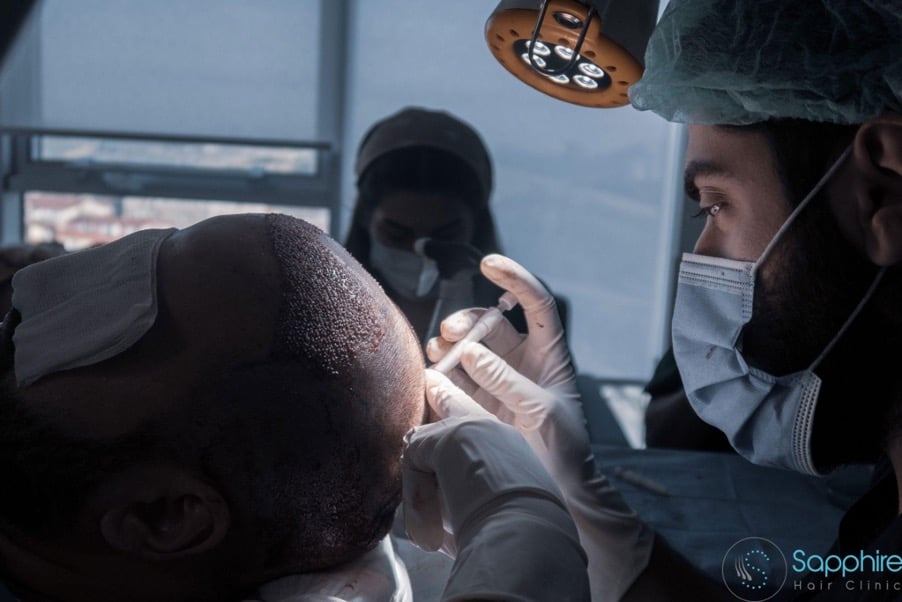
Hair loss is a common concern that affects millions of people worldwide, and the search for effective solutions has led many to consider hair transplants as a potential remedy. However, the question remains: do hair transplants work? And if so, how long do the results last? In this article, we’ll take an in-depth look at the efficacy of hair transplant procedures and examine their long-term viability.
Understanding Hair Transplants
Before delving into the effectiveness of hair transplants, it’s essential to understand the process itself. Hair transplant surgery involves removing healthy hair follicles from the back or sides of the scalp (known as the donor area) and transplanting them to the balding or thinning areas (recipient area). There are two primary methods used in hair transplantation:
- Follicular Unit Transplantation (FUT): Also known as the “strip method,” this technique involves removing a strip of skin from the donor area and extracting individual follicular units from it. These grafts are then transplanted into the recipient area.
- Follicular Unit Extraction (FUE): In this method, individual follicular units are harvested directly from the donor area using a specialized punch tool, eliminating the need for a linear incision.
Both methods aim to achieve natural-looking results by transplanting healthy hair follicles to areas affected by hair loss or thinning.
Do Hair Transplants Work in the Short Term?
The short answer is yes, hair transplants do work in the short term. After the procedure, the transplanted hair follicles will go through a shedding phase, where the newly transplanted hairs fall out. This is a normal part of the process and is not a cause for concern.
Within 3-6 months, the transplanted follicles will start to produce new hair growth, and patients will begin to see the desired results. The transplanted hair will continue to grow, and the final outcome will be visible within 12-18 months after the surgery.
It’s important to note that the success of a hair transplant in the short term depends on several factors, including the skill and expertise of the surgeon, the quality of the grafts, and the patient’s ability to follow post-operative instructions carefully.
Do Hair Transplants Work in the Long Run?
While hair transplants are generally successful in the short term, their long-term efficacy is a topic of ongoing discussion and research. The key factor that determines the longevity of the results is the underlying cause of hair loss.
In cases of male pattern baldness (androgenetic alopecia), which is the most common form of hair loss, the transplanted hair follicles are resistant to the effects of the hormone dihydrotestosterone (DHT), which is the primary culprit behind this type of hair loss. As a result, the transplanted hair should continue to grow and thrive for many years, providing a long-lasting solution.
However, it’s important to note that hair loss is a progressive condition, and the non-transplanted areas may continue to thin over time. To address this issue, many patients opt for additional hair transplant sessions or incorporate other hair loss treatments, such as medication or low-level laser therapy, to maintain the overall density and fullness of their hair.
In cases where hair loss is caused by other factors, such as medication, stress, or underlying medical conditions, the long-term success of a hair transplant may vary. If the underlying cause is addressed and hair loss is halted, the transplanted hair should continue to grow normally. However, if the hair loss persists, additional hair transplant sessions or other treatments may be necessary to maintain the desired results.
Factors Affecting the Long-Term Success of Hair Transplants
While hair transplants can provide excellent long-term results, their efficacy can be influenced by several factors:
Surgeon’s Experience and Technique
The skill and expertise of the surgeon performing the hair transplant play a crucial role in the long-term success of the procedure. Experienced surgeons with advanced techniques are more likely to achieve natural-looking and long-lasting results.
Quality of Grafts
The quality of the harvested hair follicles is essential for ensuring their survival and growth after transplantation. Grafts that are handled and stored properly have a higher chance of success.
Patient’s Age and Hair Loss Pattern
Younger patients with stable hair loss patterns are generally better candidates for hair transplants, as they have a higher likelihood of maintaining the transplanted hair over time.
Aftercare and Lifestyle
Proper aftercare and adherence to post-operative instructions, such as avoiding activities that could traumatize the transplanted area, are crucial for ensuring the long-term success of the procedure. Additionally, maintaining a healthy lifestyle and managing stress levels can contribute to the longevity of the results.
Additional Hair Loss Treatments
In some cases, combining hair transplants with other hair loss treatments, such as medication or low-level laser therapy, may be necessary to maintain the overall density and fullness of the hair over time.
The Long-Term Outlook: Does Hair Transplant Work?
Based on extensive research and clinical studies, the answer is yes, hair transplants do work in the long run for many patients. While individual results may vary, the overwhelming majority of patients who undergo hair transplant surgery experience successful and long-lasting results, provided that the procedure is performed by a skilled and experienced surgeon and the patient follows the recommended aftercare guidelines.
It’s important to have realistic expectations and understand that hair transplants are not a one-time solution for all types of hair loss. Ongoing maintenance and additional treatments may be necessary to maintain the desired results over time, particularly in cases of progressive hair loss conditions.
If you’re considering a hair transplant, it’s crucial to consult with a reputable and experienced hair restoration specialist who can evaluate your specific situation, discuss your goals and expectations, and provide personalized recommendations for achieving the best possible long-term outcome.
Remember, hair transplants are a significant investment in terms of time, money, and commitment. By making an informed decision and following the guidance of a qualified professional, you can increase your chances of achieving successful and long-lasting results that can restore your confidence and improve your overall quality of life.
Interesting Related Article: “Understanding Hair Transplant: How to Determine the Right Number of Grafts“
















